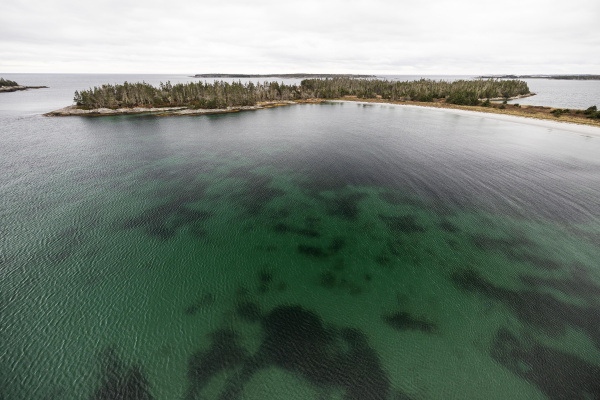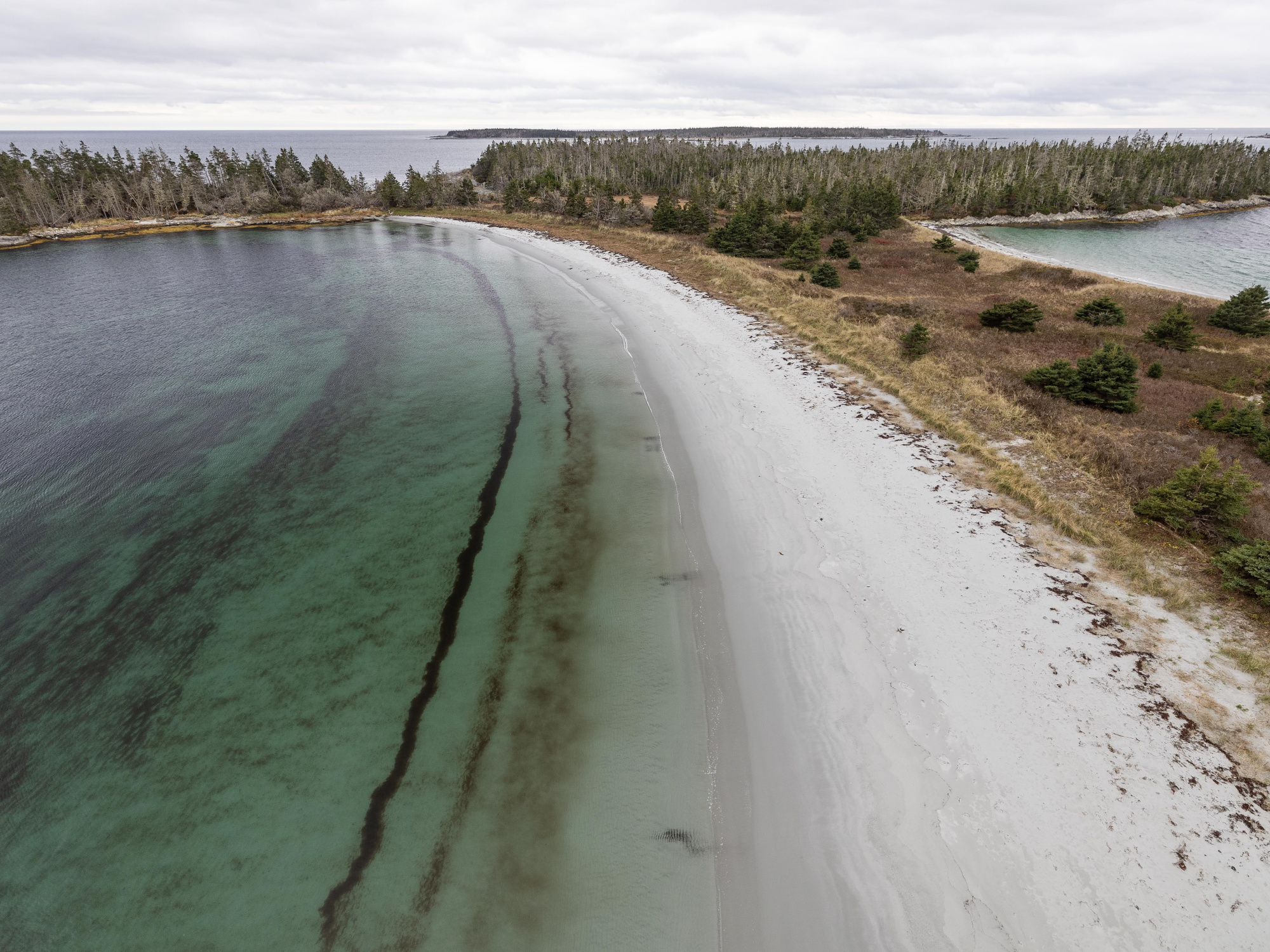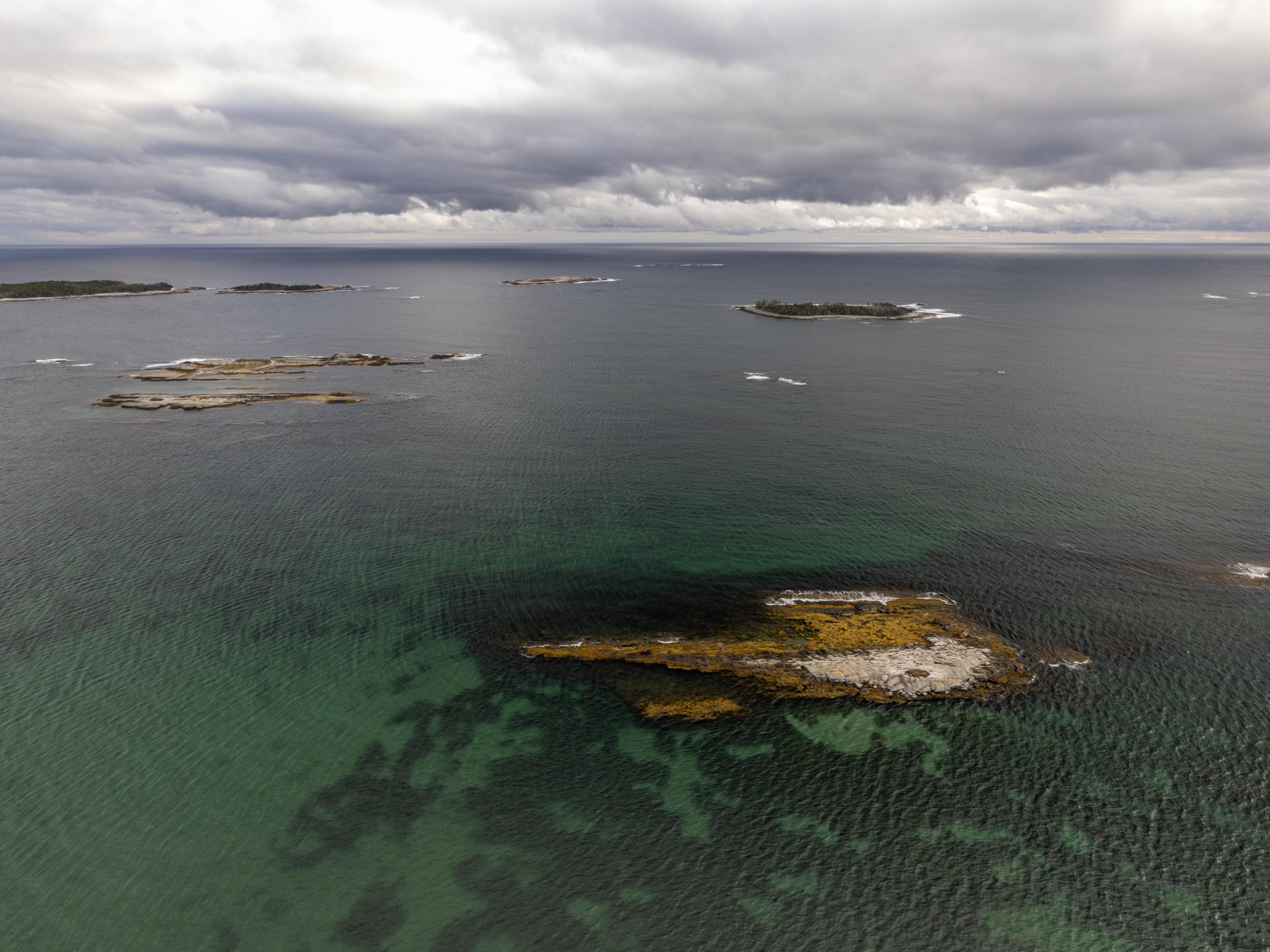
Nova Scotia is no stranger to beautiful places, but would it surprise you to discover that we have a rainforest here? Just off Nova Scotia’s eastern shore lies one of the most ecologically rich coastal areas in North America. The 100 Wild Islands contain every coastal ecosystem found in the province from pristine beaches to ancient forests, sheltered lagoons and salt marshes.
Stretching from Clam Harbour to Mushaboom Harbour, the 100 Wild Islands Area is an archipelago of over 280 islands and is the largest coastal island wilderness in Nova Scotia. These islands are also part of the 400 islands protected by the Province as part of the Eastern Shore Wilderness Area. There is literally nowhere like it.
Local residents, fishers who work the waters, tourists who come from around the world to visit the unspoiled area, and conservation groups knew the value of the 100 Wild Islands—they also knew how fragile the island paradise was. For years, the islands had faced increasing challenges from climate change including erosion and storm surges as well as the potential for coastal development which could change the face of an area that had remained mostly unchanged since the ice age.
When Nova Scotians face challenges, they band together. The Nova Scotia Nature Trust is a prominent conservation non-profit organization dedicated to exclusively protecting our province’s unique natural legacy. Over the past 30 years, the Nature Trust has protected over 190 sites across Nova Scotia. When they learned about the 100 Wild Islands, they saw the opportunity to protect this rare coastal gem too.
As Bonnie Sutherland, Executive Director of the Nova Scotia Nature Trust, said, “it was something that had to happen once we knew about it. If we don’t do it, it will never happen. It will be gone.”
For the local volunteers working to protect the 100 Wild Islands, the new partnership was cause for hope and optimism. For years, the Nature Trust has led a dedicated Hope for the Coast campaign, specifically focused on protecting undeveloped coastline areas—exactly what the 100 Wild Islands needed.
Another reason for optimism was that collaboration and consultation were at the centre of the Nature Trust’s process. They moved forward with an approach that instead of dictating what should happen, they asked, “how do we want things to be, and how can we get there together?” This process included consulting private landowners and the provincial government about purchasing land or having land in the 100 Wild Islands donated to the Trust—because to permanently protect and steward the land, they need to own it.
The response to the 100 Wild Islands Legacy Campaign was overwhelming. Private landowners who understood the importance of islands stepped up, and the Nature Trust also found a willing partner in the Province of Nova Scotia, who recognized that projects such as this were perfectly aligned with their goal of protecting more of Nova Scotia's land and water. The provincial government also provided new funding to the Nature Trust and other organizations through the Nova Scotia Crown Share Legacy Trust to continue working to acquire and protect private and donated land.
How successful has the 100 Wild Islands project been? “In just a few years, we have successfully protected over 85 per cent of the 100 Wild Islands coastal wilderness, and with the wildly successful Legacy Campaign complete, we have the funds in place to bring the entire 100 Wild Islands into conservation”, says Bonnie Sutherland.
With permanent protection now in place, this globally-significant ecological treasure is now protected for perpetuity. Ongoing stewardship includes field research to understand the islands’ diverse habitats, regular monitoring to ensure continued health and protection, planning and management of recreational use including trails and campsites to balance public access and enjoyment with conservation, and removal of invasive vegetation and restoration of native habitats where necessary. Protecting the islands not only conserves their unique ecological features but also enhances natural defenses against climate-related threats, ensuring the resilience of both the environment and local communities.
By safeguarding and restoring rare coastal ecosystems like the 100 Wild Islands, we can harness nature-based solutions to mitigate climate change impacts, protect biodiversity, and promote sustainable livelihoods for coastal populations.
Today, as visitors paddle through the crystal-clear waters or hike the untouched trails of the 100 Wild Islands, they experience firsthand what happens when Nova Scotians work together to protect our most special places and connection to the sea.

Aerial of the 100 Wild Islands

100 Wild Islands

100 Wild Islands
Watch the video: